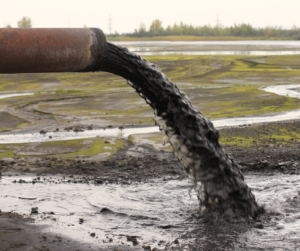Liquid Waste Disposal Perth involves storing, transporting and ultimately disposing of liquid waste materials. It’s an important practice that protects the environment and human health.
Improper disposal of liquid waste can cause serious harm to the environment. For example, it can pollute groundwater and poison living organisms. It can also leak or spill and contaminate soil.

Hazardous liquid waste is a byproduct of industrial, medical, agricultural, and commercial processes. The waste fluids can be toxic, corrosive, or reactive, and they pose a serious risk to human health and the environment. In the wrong hands, these chemicals can pollute water bodies, contaminate soil, destroy natural habitats, and cause severe environmental harm.
The proper disposal of liquid waste is a complex process that involves several steps. It starts with characterizing the waste to identify its type, composition and properties. This information is important for choosing the most appropriate treatment and disposal techniques. It is also necessary for ensuring compliance with relevant laws and regulations.
Once characterized, the liquid waste must be stored in a safe and secure location until it is ready for further processing or disposal. This stage is a vital part of the process because it can prevent environmental contamination, accidents, and costly fines for businesses. Often, the storage facilities need to be specially designed and located away from areas at high risk for natural disasters. It is also essential to perform regular inspections and maintenance to detect any potential problems early on.
During the treatment phase, the waste fluids are processed to remove harmful components that can cause environmental and safety hazards. Typical methods include physical and chemical treatments. Physical treatments like sedimentation and filtration involve physically removing solids from the waste fluids while chemical treatments use compounds to break down or change the structure of the waste liquids. Some liquid wastes may even require incineration to ensure complete destruction of the harmful substances.
Once the liquid waste is treated, it is disposed of using a variety of methods. These methods include land application, municipal wastewater treatment plants and injection wells. These methods are intended to protect public health, the environment and prevent groundwater contamination.
Liquid waste management is a critical aspect of business operations for many industries. It is important to follow a system that is effective and compliant with all regulations to minimize the negative effects of this hazardous material on people, animals, and the environment.
There is still a long way to go in terms of eliminating hazardous liquid waste altogether, but every effort helps. By making safer disposal practices more widely available and encouraging businesses to adopt them, we can reduce the number of incidents that lead to severe environmental damage and public health risks. Everyone, from individuals in residential settings to professionals in commercial and production industries, has a role to play.